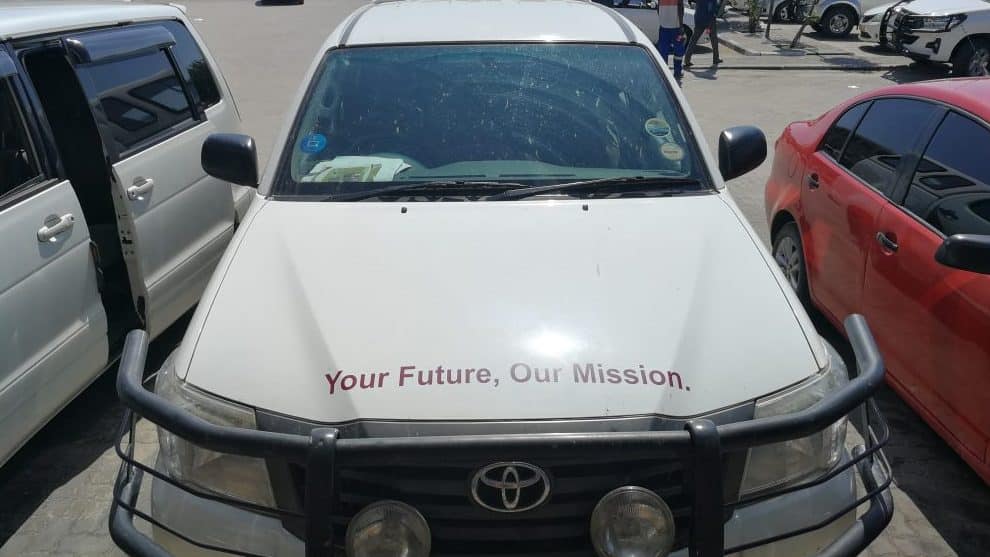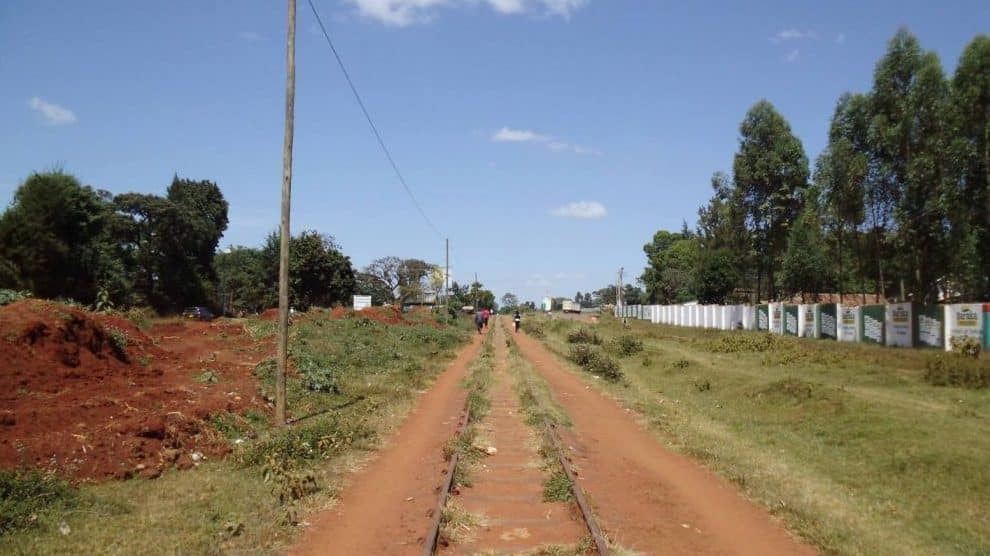CRC TRR 228 Activities
Bridging Concepts
Here you can find reports on how our researchers relate their work to the concepts used within the framework of the CRC.
Why the idea of ‘African time’ keeps on ticking
“African time” delivers more hits on internet searches than “African nature” or “African people”. This shows that people seem to need to feed a stereotype. As anthropologists, we’re interested in why this need exists and ...
10. November 2021
African time African Time Stereotype Governmental Plans State planning
Read more »
#African time: Streamlining the future to make it legible
Throughout our research in Namibia, we encountered different versions of the idea that there is something peculiar about African perceptions of time. For example, in Otjiwarongo, a farmer of German descent summarized his experience of ...
24. November 2020
African perceptions of time African time formulate visions for the future making future visions readable practices of future making
Read more »
Far-reaching connections and inoperable crossings
What future for “cross-scalar linkages”? Far-reaching connections, inoperable crossings, and the difficulty to depart from ‘the modern’ Taking the ‘global’ and the ‘local’ as intrinsically distinct extremes that frame our understanding of the world, is ...
27. October 2020
Africa’s agriculture African digital entrepreneurship Digital connectivity digital infrastructures mobile information services
Read more »
Green Futures: Cross-scalar discourses about possible African futures
Being part of project area C (“linkages”), project C03 “Green futures” is particularly interested in the relevance of cross-scalar relations. The overall objective of the project is to understand how local to global articulations influence ...
14. October 2020
agricultural cooperatives climate change Green Futures Green Growth migration mobility population growth
Read more »
Cross-scale linkages in geothermal future-making
Geothermal development in Kenya not only contributes to electrification in Kenya, but also has the potential to significantly change livelihoods and future development in the marginalized areas where it takes place. This is especially the ...
23. September 2020
electrification in Kenya geothermal development Geothermal future-making investor–community relations national development strategy
Read more »





